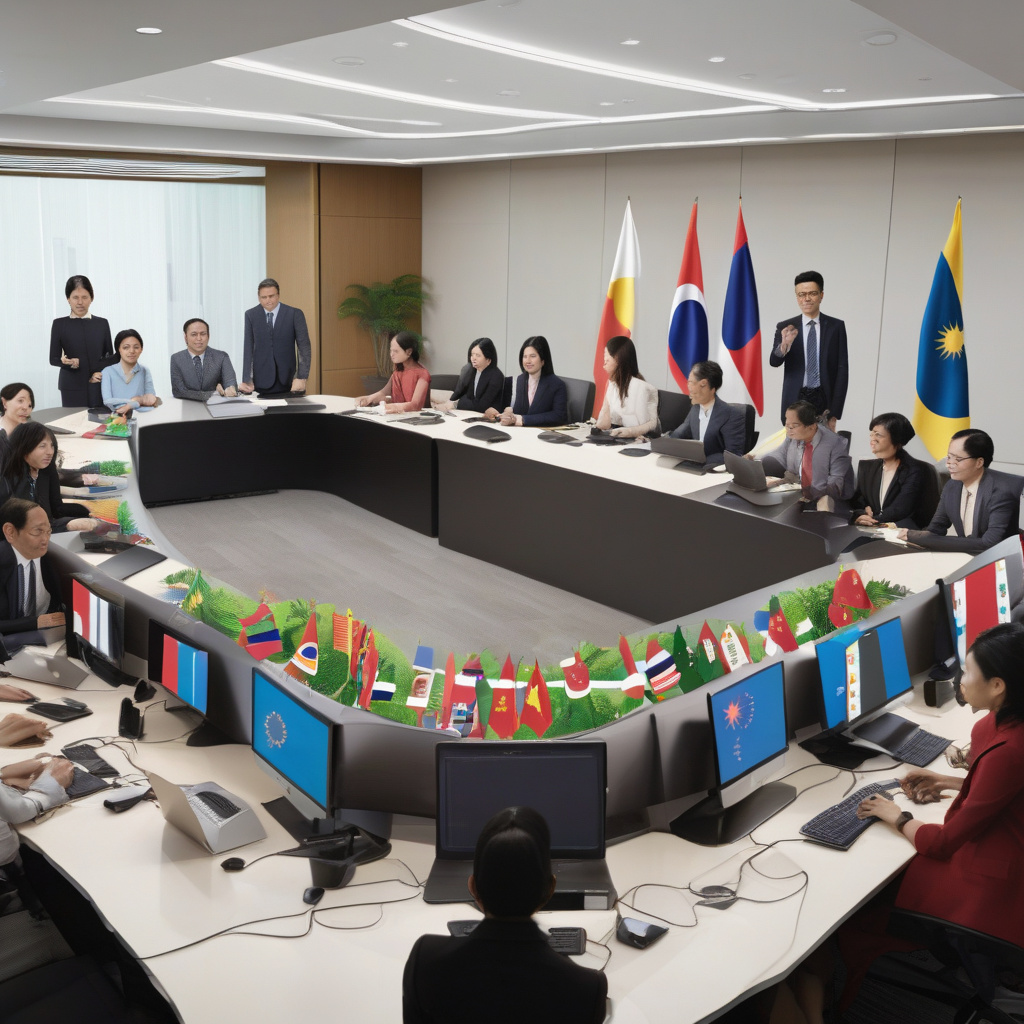ASEAN Urged to Unite on Digital Infrastructure
A recent study has issued a stark warning to the ASEAN region: the digital divide is at risk of widening unless immediate action is taken to address the lack of integrated digital infrastructure. The Association of Southeast Asian Nations (ASEAN) has long been recognized as a powerhouse in economic growth and innovation. However, the disparity in digital infrastructure among its member states poses a significant threat to the region’s continued progress.
In an era where digital connectivity is a key driver of economic development, the importance of a robust and inclusive digital infrastructure cannot be overstated. From e-commerce and digital payments to telemedicine and remote work, reliable digital infrastructure is the backbone of a thriving digital economy. Yet, the disparity in internet penetration, mobile network coverage, and digital literacy across ASEAN member states is hindering the region’s ability to fully harness the benefits of the digital age.
The study highlights that while countries like Singapore and Malaysia boast world-class digital infrastructure, others such as Laos and Myanmar are struggling to provide basic internet access to their populations. This glaring disparity not only widens the digital divide within ASEAN but also hinders regional integration and economic growth.
To address this pressing issue, ASEAN member states are urged to prioritize the development of integrated digital infrastructure that is accessible to all. This includes investing in broadband connectivity, expanding mobile network coverage to rural areas, and promoting digital literacy programs to ensure that no one is left behind in the digital revolution.
One successful example of regional collaboration on digital infrastructure is the ASEAN Digital Integration Framework, which aims to harmonize digital policies and regulations across member states. By streamlining cross-border data flows, promoting cybersecurity standards, and fostering digital innovation, the framework is a step in the right direction towards a more integrated and digitally inclusive ASEAN.
However, more needs to be done to accelerate the pace of digital infrastructure development in the region. This includes increased public-private partnerships to mobilize resources, greater investment in digital skills training, and the adoption of cutting-edge technologies such as 5G and cloud computing to drive digital transformation.
By uniting on digital infrastructure, ASEAN has the opportunity to not only bridge the digital divide within the region but also to emerge as a global digital powerhouse. The time to act is now, as the digital economy waits for no one. ASEAN must seize the moment to build a more connected, inclusive, and prosperous digital future for all its citizens.
In conclusion, the call to action is clear: ASEAN must unite on digital infrastructure to ensure a more equitable and sustainable digital future for its member states. By bridging the digital divide and fostering a culture of digital innovation, ASEAN can pave the way for greater economic growth, social development, and global competitiveness in the digital age.
digital infrastructure, ASEAN, digital economy, regional integration, digital divide












